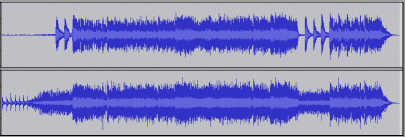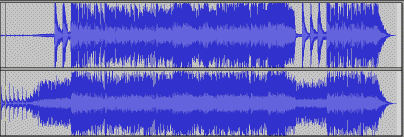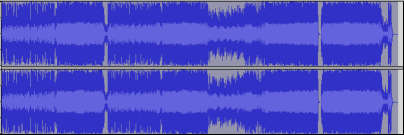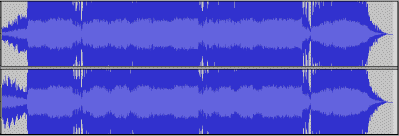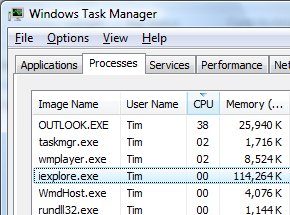This is the statement that most intrigued me in Walter Mossberg’s review of Office 2007:
These changes in Office, while much less publicized, are far bolder and more important than the mostly cosmetic user interface changes in the highly hyped new version of Windows, called Vista, which comes out on the same day.
Mossberg’s reviews are not deeply technical but he represents a good example of intelligent opinion on technology issues. Is he right about Vista? I’ve puzzled a bit over what he is saying here. I think he is only referring to the user interface, yet one could argue that all user interfaces are “cosmetic” since they are about appearance in contrast to underlying functionality.
My own view is that it is difficult to describe the user interface changes in Vista as cosmetic, though I am unclear how to define what is “user interface” and what is not. This is from an MSDN article on the Desktop Window Manager:
The new Microsoft Windows Vista desktop composition feature fundamentally changes the way applications display pixels on the screen. When desktop composition is enabled, individual windows no longer draw directly to the screen or primary display device as they did in previous versions of Windows. Instead, their drawing is redirected to off-screen surfaces in video memory, which are then rendered into a desktop image and presented on the display.
That said, the user just sees windows on the screen: it is not obvious that this is so different from XP. That makes Vista’s UI changes the opposite of “cosmetic”: it looks the same, but underneath it is radically different.
How about the little search box at the bottom of the Vista Start menu? A small detail, yet once you learn that you can start Excel just by typing “ex” and hitting Enter, it becomes a big deal. I could ramble on here about search as UI. Not cosmetic.
Another change which I think falls in the UI category is that Vista now treats the user’s home directory sensibly. I ranted about this on XP. The home directory is a key part of the Windows operating system, but on XP it is hidden under Documents and Settings and both hard to find and intimidating for users. Vista promotes the home directory to the Start menu, renames the obscure Documents and Settings to “Users”, and sensibly moves things like Music and Pictures out of My Documents to the top level; it also gets rid of the annoying “My” prefix. You could argue that this is a cosmetic change, though I think it is an important one.
For sure, there are cosmetic changes in Vista. I think transparency, which Mossberg or any user will soon notice, is an example. Cool, but of little practical benefit as currently implemented. What about the way that Window key – Tab displays a 3D view of all your open applications (the update to Alt-Tab)? Is that cosmetic? Actually, I don’t think it is. If you have, for example, multiple documents open in Word and Excel, seeing the preview image makes it easier to find the one you want. The same applies to the pop-up previews on the task bar. This is information the user interface did not give us before. My vote: Not cosmetic.
I like Mossberg’s take on the new Office UI, though I still think there is more than just usability behind Microsoft’s strategy here. Yet I am still using the same Office features that I used in Office 2003. The changes are do with appearance, not functionality. Doesn’t that make the new stuff in Office 2007 more “cosmetic” than those in Vista, important though they are?
